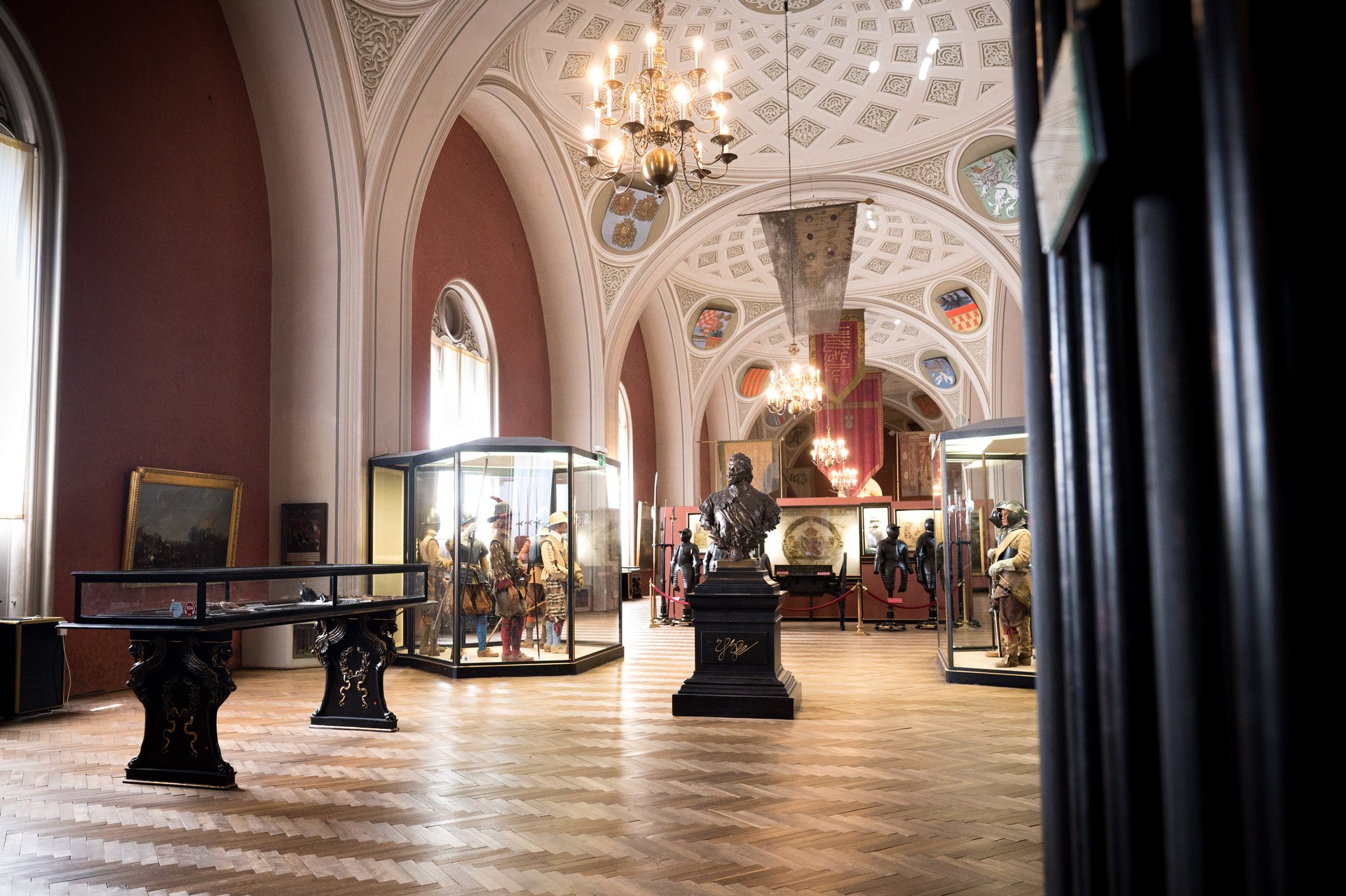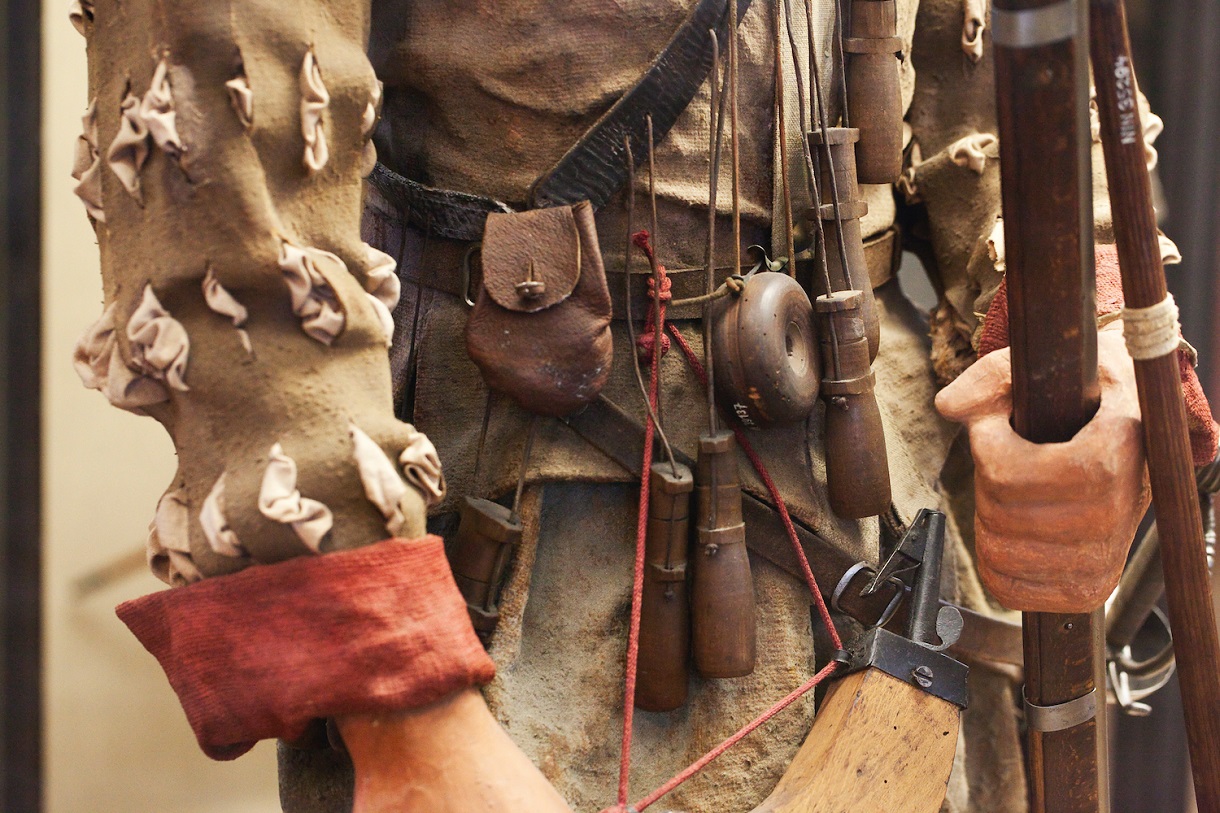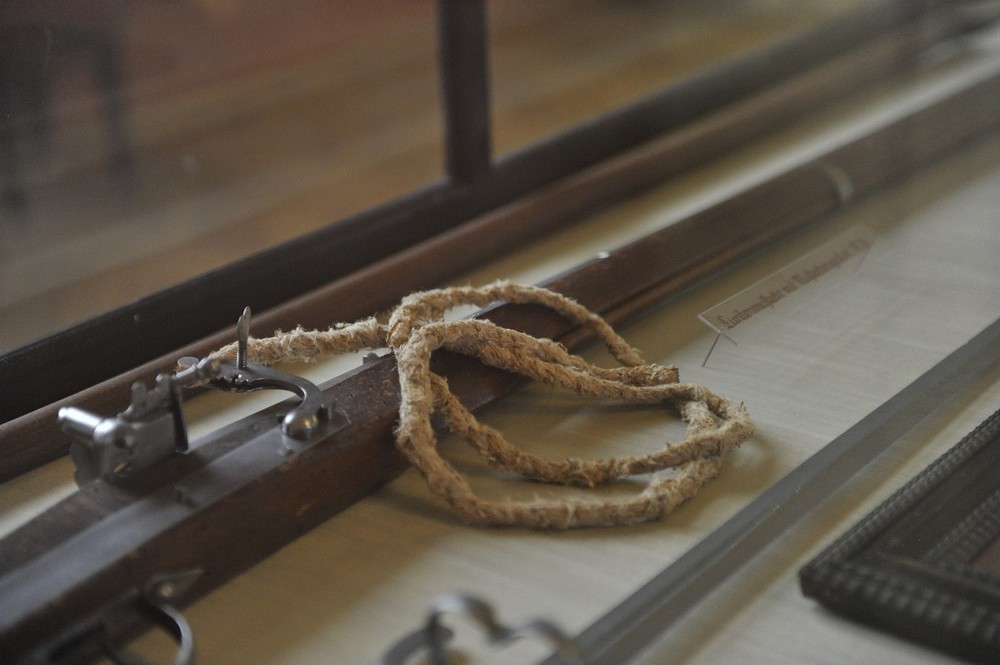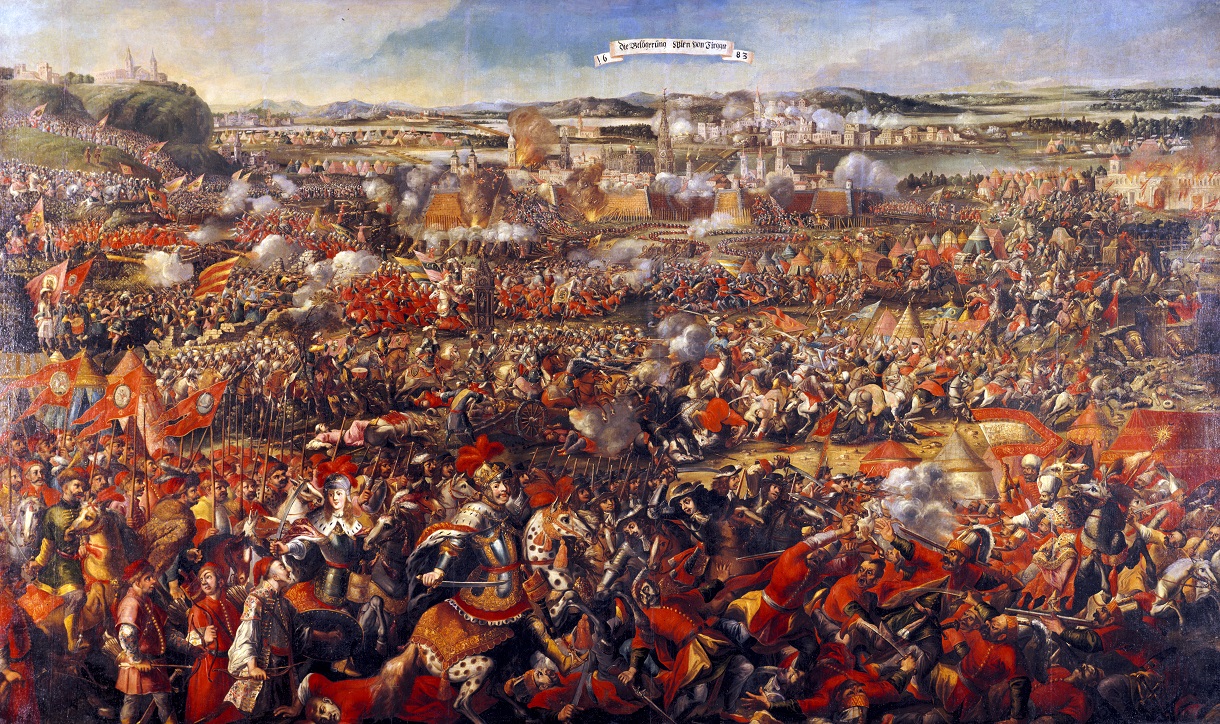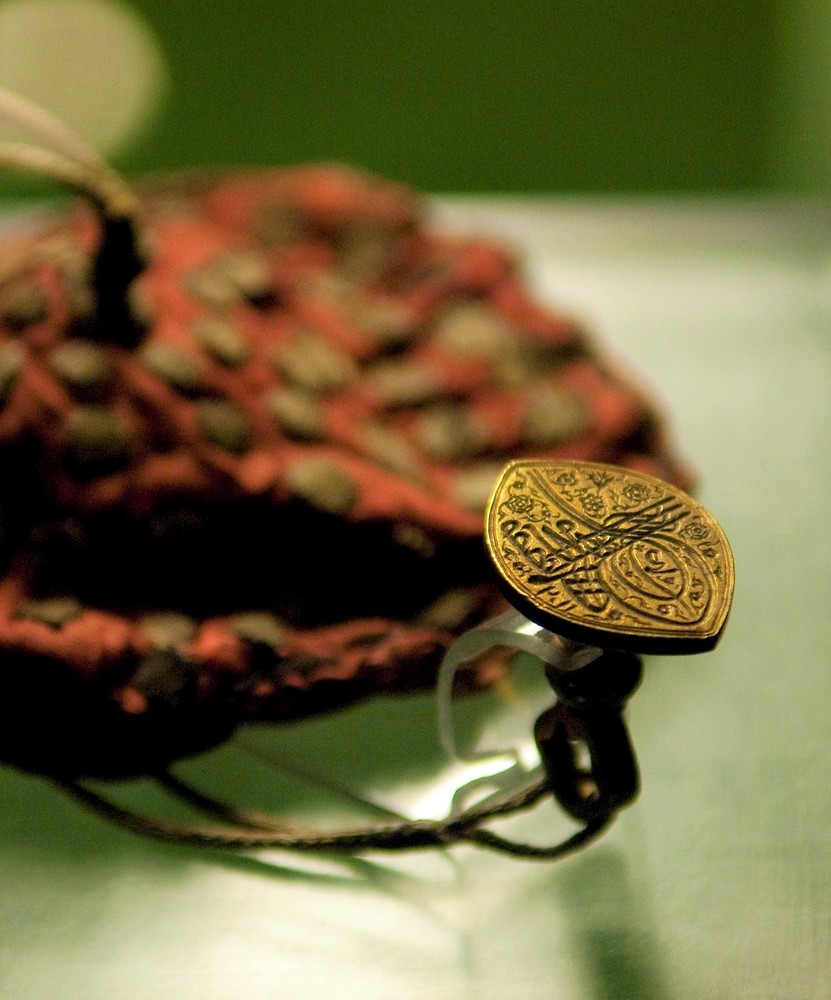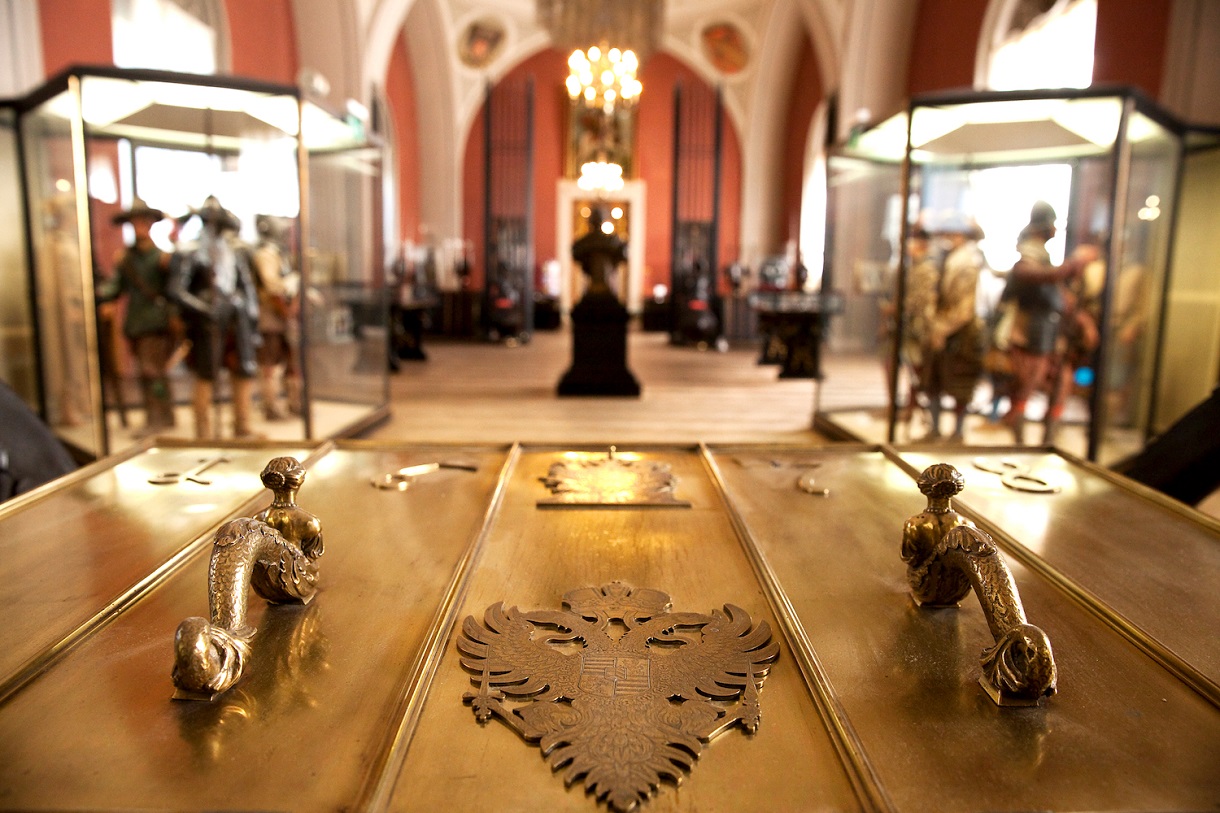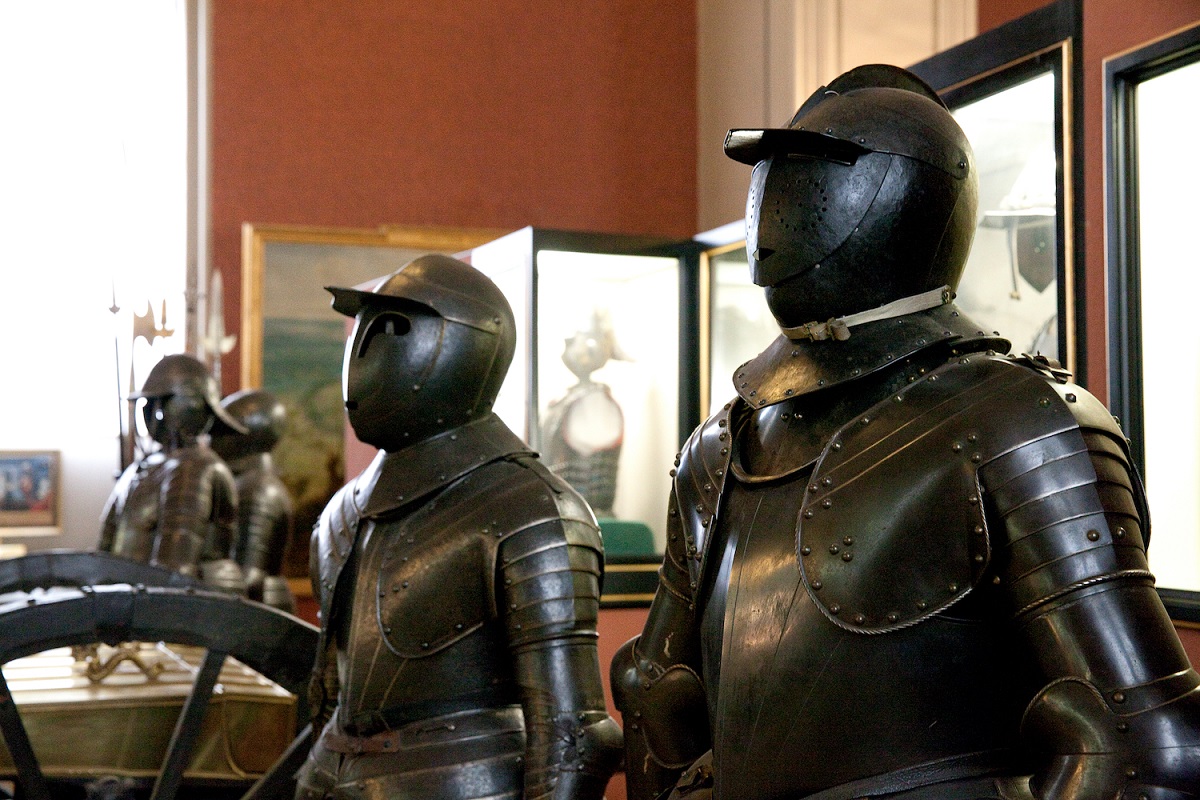The Thirty Years' War and Prince Eugene of Savoy (currently closed)
The emergence of a great power in the 17th century
Download:`The Thirty Years' War and Prince Eugene of Savoy´
The first sections of the exhibition are dedicated to Europe in the 16th and 17th century.
The struggle for power, territory and influence repeatedly led to armed conflicts in which the Holy Roman Empire, whose political centre had now finally shifted to the Habsburg Monarchy, played an important role.
The emperor, the imperial princes and the estates were at the centre of the conflicts. The Thirty Years' War marked a temporary climax.
Changes in the structure of European powers went hand in hand with changes in the military system. Medieval armies of knights were a thing of the past. Instead, mercenaries dominated the battlefields.
The imperial armies, which until the Thirty Years' War had been unevenly equipped and only recruited for the duration of each military campaign, were transformed into a permanently paid "standing" army.
Large armies had to be equipped with modern and expensive weapons, posing a financial problem. Due to the emperor's chronic shortage of money, these masses of troops were partly financed by so-called war contractors. One of these was Albrecht von Wallenstein (1583 - 1634), Duke of Friedland and Sagan, one of the most important generals of his time.
Wallenstein helped leading imperial troops to victory in the Thirty Years' War. He succeeded in bringing about a military turnaround: in the Battle of Lützen in 1632, imperial troops led by him were able for the first time to hold their own in an open field battle against an army commanded by Gustavus Adolphus (1594 - 1632). The Swedish king was killed in this battle.
The war continued for 16 years and ended with the Peace of Münster and Osnabrück in 1648.
Parts of the exhibition are closed due to repair work - we ask for your understanding!
Wars against the Ottomans
Ottoman forces had repeatedly advanced west and north in the 16th century and had besieged Vienna for the first time in 1529. The Ottomans did not intervene in the fighting in Central Europe for the time being, but the fear of renewed advances remained: parts of south-east Europe already belonged to their empire.
During the Thirty Years' War, the south-eastern border of the Habsburg Monarchy remained quiet, as the Ottomans were involved in a conflict with the Persians in the east of their empire.
In the 1660s, the Ottomans advanced west again. They were defeated on 1 August 1664 at St. Gotthard an der Raab (Mogersdorf) by a European army under imperial field marshal Raimondo Montecuccoli (1609 - 1680).
Siege and relief (liberation) of the city of Vienna in 1683
July 1683: An Ottoman army under Grand Vizier Kara Mustapha (1634 or 1635-1683) reaches Vienna.
September 1683: In the so-called Battle of Vienna, imperial, Polish and German troops under the supreme command of Polish King John III Sobieski (1629 - 1696) defeat the Ottoman siege army. It is a turning point and begins the pushback of the Ottomans.
1686: The capital of Hungary, Ofen, is liberated after 150 years under Ottoman occupation. Belgrade is conquered in 1688.
Prince Eugene of Savoy (1663 - 1736), Duke Charles V of Lorraine (1643 - 1690) and Margrave Louis of Baden-Baden (1655 - 1707) ("Turk Louis") successfully lead the imperial armies.
1697: Prince Eugene as commander-in-chief of the imperial troops wins a victory against an Ottoman army at Zenta on the Tisza River in 1697.
1699: Ottoman rule in Eastern Central Europe ends with the Peace of Karlowitz in 1699. Hungary and Transylvania are absorbed into the Habsburg Monarchy.
Austria had become a great power.
